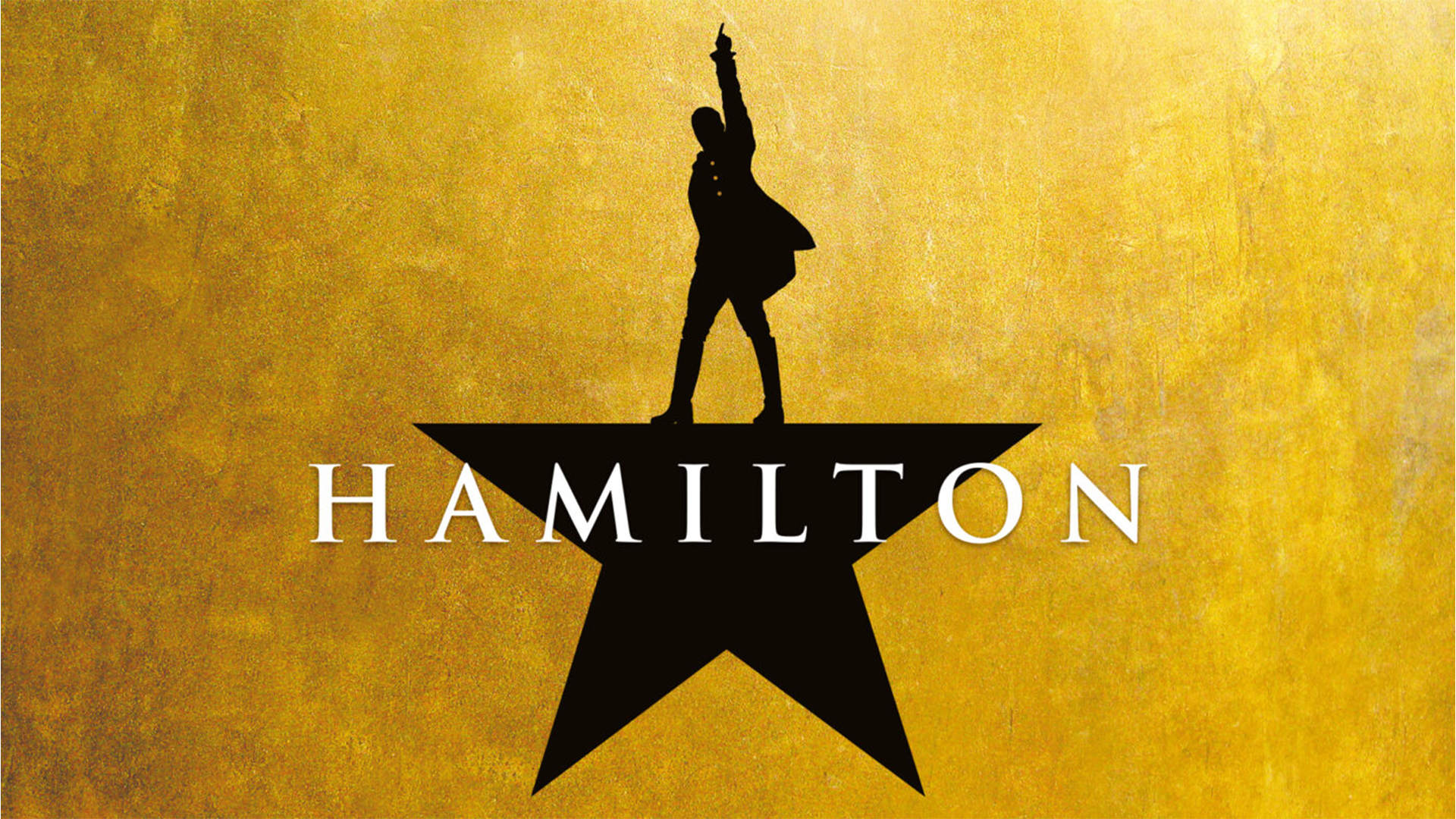Illustrators: don’t be stung by your agent
Even brand new illustrators can get international clients these days. But, asks Victoria Pearce, how do you avoid the sharks in those deep waters?
I’ve been an agent for longer than I care to state. Let’s just say that when I first started the photographic agency I worked for had one computer (for word processing), the fax machine was a thing of wonder, and we contacted our talent via pagers and landline telephones. The internet was unknown and mobile phones were a luxury. Creatives relied on their agents to promote their work through the strength of their network of one-to-one client relationships.
Since then we’ve seen the digital revolution. An agent today can send artwork and portfolios not just across London but around the world from their laptop. We can work virtually via Skype and ooVoo with an agent team based not always in the same room, but all over the globe.
This technology is available to illustrators too, and I haven’t even mentioned social media. So why would you need an agent? I would agree that, for fresh talent, spending a year or two putting in the groundwork and promoting yourself whilst continuing to develop and learn the ropes, is a good route. The Association of Illustrators is well worth its membership fee for the support it can give.
Once established however, most illustrators simply won’t have time to juggle the act of creating with promotion, marketing, managing accounts, and negotiating fees and usages. Preferring to focus on illustrating, they ask us agents to handle the nitty gritty.
A favourite part of my job is helping find the best talent to promote to our worldwide client audience. Twice yearly our talent scout Sarah Beetson presents the most exciting creatives to have approached the agency for representation. We get up to 400 applicants a month, plus the prospects we discover at exhibitions, events and through browsing online. As a large and highly selective agency, we take on around 10 new illustrators a year. Sometimes it seems as though we could open a second agency with all the tantalising new talent we’re unable to sign up.
Illustration Ltd was one of the founding members of The Society of Artists Agents, and between us we represent some of the best illustrative talent in the world. As our representative, I meet with other members regularly. Our broad aim is to promote the use of illustration, and to unify and improve the working practices between illustrators, agents and clients. Too often we hear stories about musicians and bands who have been stung with unfair contracts. Sadly it can be the same with some illustration agencies.
My advice to any illustrator seeking representation is to do your research thoroughly. Don’t fall into the trap of being flattered by the first offer that comes in your direction. Similar to any partnership arrangement, signing with an agency is an important and hopefully long-term commitment. Check the T&Cs carefully and make sure the chemistry feels right.
If you want to avoid the sharks out there, firstly ask to see a copy of the agency’s terms and contract, and read it through carefully, noting any areas you wish to discuss. Ask plenty of questions. What is their commission percentage? What is the situation with your own existing clients? How many agents are employed by the agency? The ratio of illustrators to agents is important. Is it a boutique agency, with one or two agents representing a small number of artists? Or is it larger in scale, with a team of agents specialising in different areas? How will your work be promoted and who pays for this? What are the accounting procedures and how quickly will you be paid after completing a commission?
Raise any questions you might have with the prospective agent and delay making that decision to sign on the dotted line until your queries are addressed. All SAA member agents use a contract that was drawn up in collaboration with The Association of Illustrators Agents, so, by joining an agency that is an SAA member, you can rest assured your best interests have been fully considered.
The more open the agency in their terms and communications with you, the better. There should be total transparency. I know of worrying situations where agents own the artist’s copyright at point of commission, so when further rights are sold the artist is not aware of the actual cost or the percentage from the resale. This is bad practice and is to be avoided. Likewise, some contracts can be difficult to get out of. Always check the contract: the process for both the illustrator and the agency should be clear.
Discover 20 stunning book illustrations over at Creative Bloq.
Get the Creative Bloq Newsletter
Daily design news, reviews, how-tos and more, as picked by the editors.

Thank you for reading 5 articles this month* Join now for unlimited access
Enjoy your first month for just £1 / $1 / €1
*Read 5 free articles per month without a subscription

Join now for unlimited access
Try first month for just £1 / $1 / €1
The Creative Bloq team is made up of a group of design fans, and has changed and evolved since Creative Bloq began back in 2012. The current website team consists of eight full-time members of staff: Editor Georgia Coggan, Deputy Editor Rosie Hilder, Ecommerce Editor Beren Neale, Senior News Editor Daniel Piper, Editor, Digital Art and 3D Ian Dean, Tech Reviews Editor Erlingur Einarsson, Ecommerce Writer Beth Nicholls and Staff Writer Natalie Fear, as well as a roster of freelancers from around the world. The ImagineFX magazine team also pitch in, ensuring that content from leading digital art publication ImagineFX is represented on Creative Bloq.
